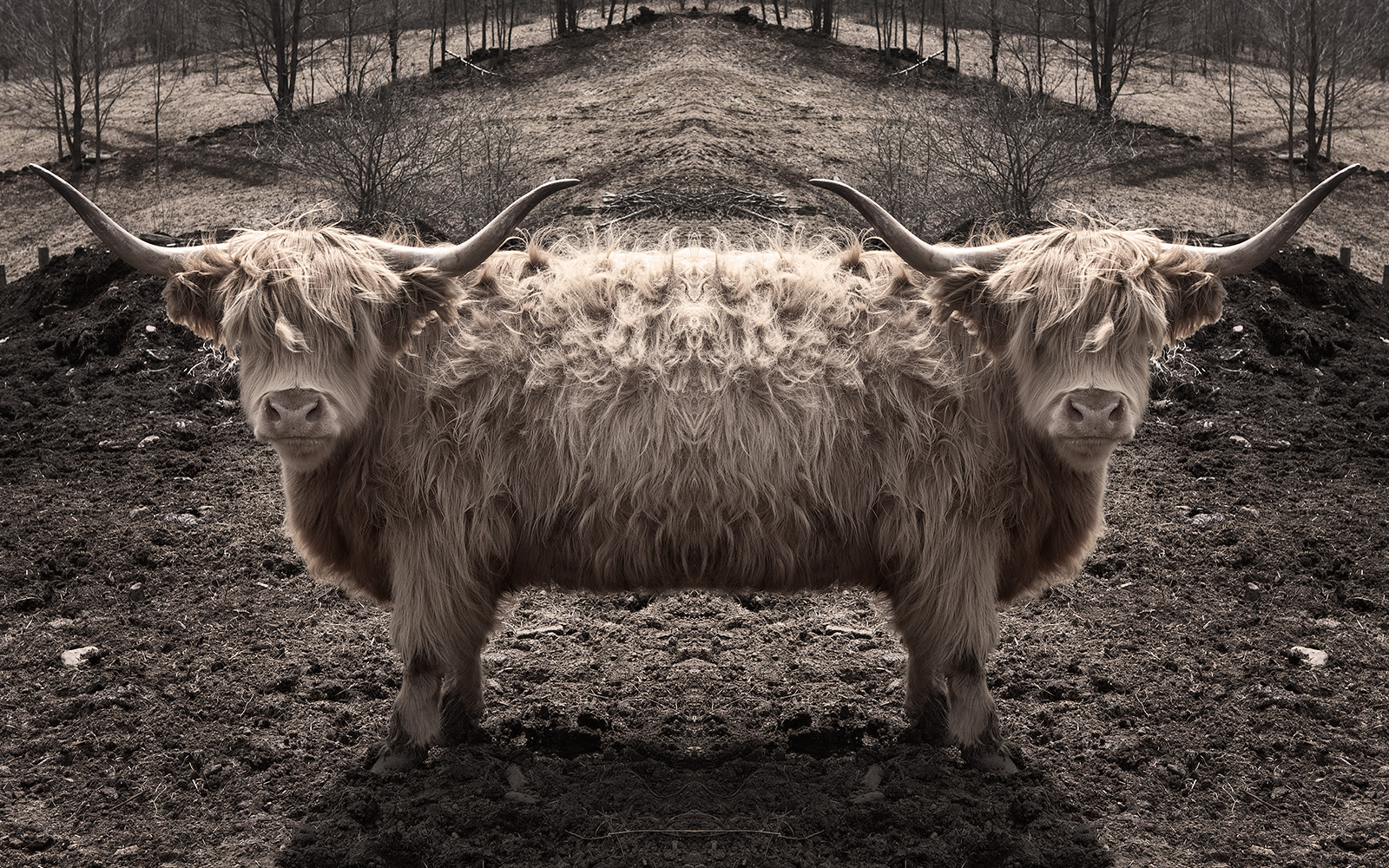Confused?
Before you decide to become a meat-eater or feel that your choice of eating must have a name,- just read this.
I know, it sounds so convincing. It always does. It even sounds like the only way to go, but I am here to remind you that one way does not fit everyone and one way might not even fit you all the time either. How you eat does not have to have a name or fit into a particular dietary approach to work for you.
So why do I want to talk about Paleo?
Because there is a lot of conversation about carbs again because of the Paleo Diet, and it can be confusing.
One of the reasons I developed the online 9-step self-nourishment program was exactly because of all the confusion there is about how to eat. However, there is not very much information about how you figure out what works for you. Learning what works for you is an experience that makes you go YES, I feel good.
Women especially feel the urge for more carbs at certain points of the month and at other times you will crave more protein and fat. If you believe you have to stick to a diet to be healthy and lose weight, such cravings (which are completely natural) will probably leave you feeling either restricted or that something is wrong with you. We tend to think we are the only ones in the world who cannot stick to a diet. New clients often tell me; “Everyone else can stick to a diet, but I am too weak to stay on it and my willpower is no good” and “I am a lost cause”.
So even if we all know it; diets don’t work.
Let me just remind you again; it is the diets that don’t work, it is not you.
Paleo versus Path for Life Self-Nourishment:
You need carbs, but only the good quality complex carbs! Step 2 will teach you why and what that is.
The foods to avoid (like the Paleo Diet also suggests) are all the processed foods, the high starch foods like bread and baked goods, sugar and dairy.
We will all feel and look better by avoiding dairy and starches from processed grain and sugar; so you don’t have to go for extremes to get that benefit. A balanced approach includes good quality carbohydrates and starches, which are essential for your brain, your muscles, and your emotional well-being.
Vegetables are also carbs, so don’t get confused by “avoid carbs” to mean, eat only animal protein like meat. Step 2, 3 and 5 introduce you to the different carbohydrates that you have available to you in the plant kingdom.
One difference between the Paleo approach and what I consider a healthy balanced sustainable way of eating and living is: whole-grain, brown and wild rice, and legumes, Paleo suggests to avoid it.
Through-out the online program I teach and guide you in making choices that fit your body. Some need more wholegrain than others. Some need to avoid gluten or wheat completely because of food intolerances. How to navigate your choices is an important part of sustainable eating and living.
To meat or not?
Paleo is based on our original heritage of being hunter/gatherers. The problem with meat today is that it is very far from the meats that we would hunt back then. Cows did not roam the woods, nor did the chickens. The meats of today are far more inflammatory to the body than plant-based protein sources, and unless you can get hold of completely grass-fed meat or wild game, it would not be good for your health even in small doses. In step 7 I teach you about inflammation and how to counter disease with your food choices.
Animal protein has long been suggested for short-term weight-loss (Atkins did that too), but it is not great for your long-term health or weight-loss. Another problem with this is eco-sustainability and factory farming. Step 4 teaches you more about what factory farming means to and how it affects both your health and the health of Mother Earth.
Fish is another good source of animal protein, but learning how to choose fish is also important for your health. Mercury and ocean toxicity is an unfortunate part of our reality today.
Step 4 teaches you about all the different kinds of protein; what is what and how to choose.
Your health and well-being is in your gut.
The bacteria in our gut is tied to disease and so is our emotional health. Some can digest meat well, some cannot. Blood-type O for example, has an easier time digesting meat than blood-type A. If you do not digest your food well you will have a poor digestive system and that causes more than just a belly-ache.
Step 3 teaches you about your digestive system and how it affects your health and wellbeing
Step 7 teaches you about how to clean “house”.
Step 8 teaches you about balancing your choices.
Step 9 teaches you how to integrate all your different choices into living in a healthy way that is sustainable, and supports not only your body, but also your food/mood connection.
So as you can tell, the steps are built to create change, healing, and gives you the knowledge to find your own way.
And… before I forget; you don’t have to eat ham and eggs for breakfast to get your protein. Quinoa is a nice alternative to grains and it is a high protein breakfast.

